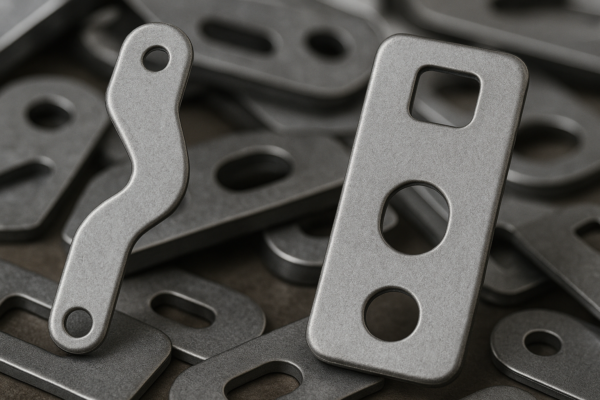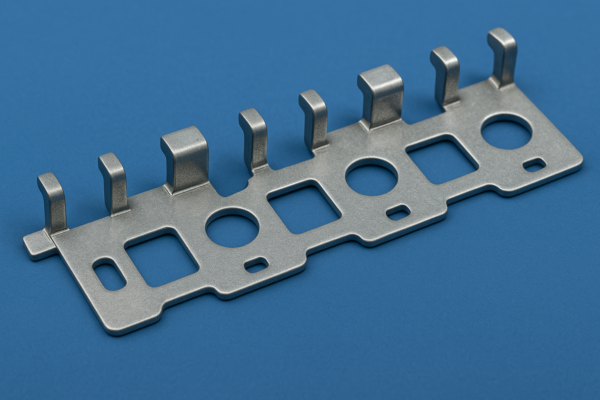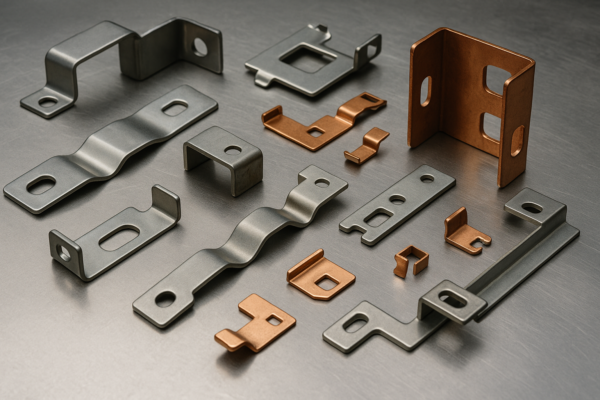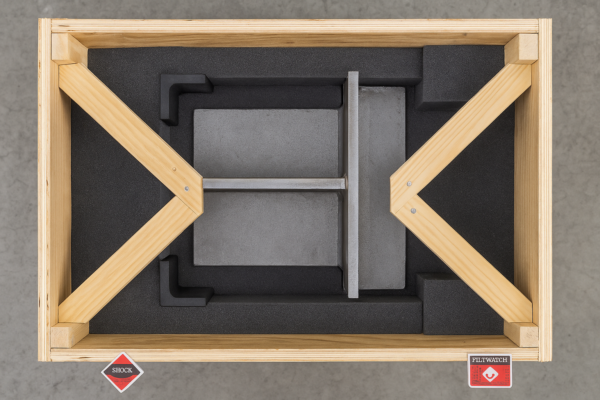What Are the Names of Metallic Things?

Metals are crucial to everyday life, from the devices we use to the infrastructure around us. But have you ever wondered about the metallic elements and objects that shape the world? Let’s explore the names of metallic elements, common metallic objects, and how they impact various industries.
Snippet paragraph: In this article, we’ll dive into metallic elements and objects, including key metals in the periodic table and examples of metallic materials used in everyday life.
Transition paragraph: Let’s explore the most important metallic elements and the objects that are made from them, providing insights into their real-world applications.
What Is the 40 Metallic Element?
The periodic table consists of various elements, some of which are metals. Metals are typically solid at room temperature (except for mercury) and are characterized by their conductivity and malleability. Let’s take a closer look at some of the most common metallic elements.
Snippet paragraph: Metallic elements are abundant in the periodic table. The first 40 elements include many metals used in industry and technology, each with unique properties.
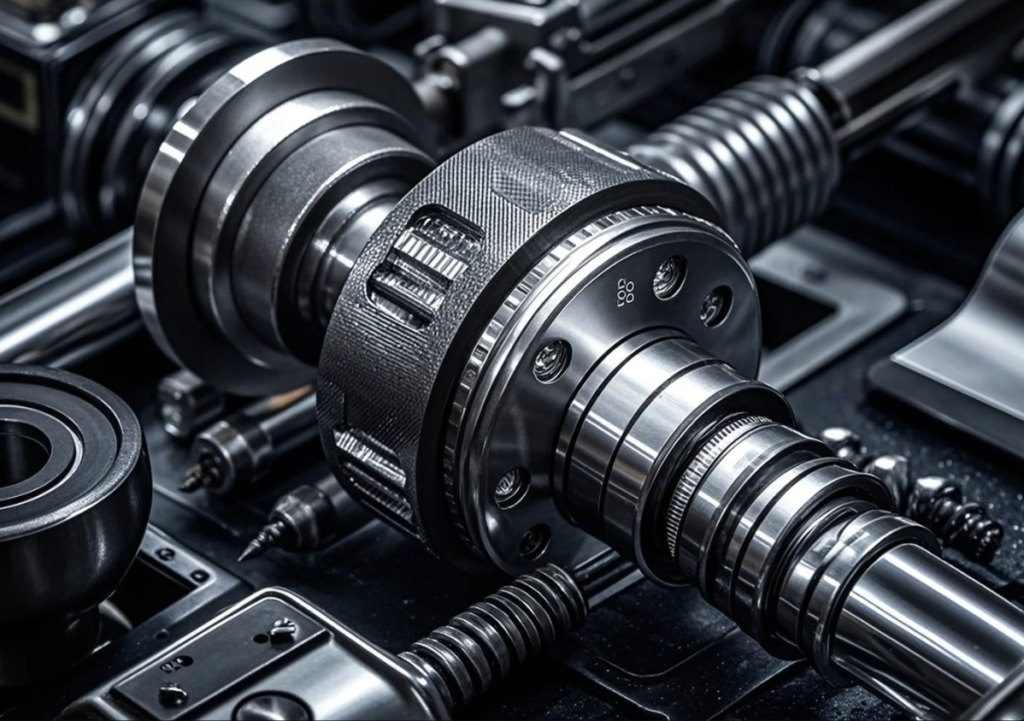
The First 40 Elements of the Periodic Table: Metallic Elements
The first 40 elements in the periodic table include a wide range of metallic elements. Here’s a breakdown of key metallic elements:
| Element Name | Symbol | Atomic Number | Common Uses |
|---|---|---|---|
| Scandium | Sc | 21 | Aircraft, sporting equipment |
| Titanium | Ti | 22 | Aerospace, medical implants |
| Vanadium | V | 23 | Steel alloys, batteries |
| Chromium | Cr | 24 | Stainless steel, plating |
| Manganese | Mn | 25 | Steel production, batteries |
| Iron | Fe | 26 | Construction, tools, machinery |
| Cobalt | Co | 27 | Alloys, magnets, batteries |
| Nickel | Ni | 28 | Stainless steel, coins, electronics |
| Copper | Cu | 29 | Electrical wiring, electronics |
| Zinc | Zn | 30 | Galvanizing steel, alloys |
| Gallium | Ga | 31 | Electronics, LEDs |
| Germanium | Ge | 32 | Semiconductors, optics |
| Arsenic | As | 33 | Semiconductor, alloys |
| Selenium | Se | 34 | Solar panels, electronics |
| Bromine | Br | 35 | Flame retardants, pesticides |
| Krypton | Kr | 36 | Lighting, photography |
| Rubidium | Rb | 37 | Research, atomic clocks |
| Strontium | Sr | 38 | Fireworks, magnets |
| Yttrium | Y | 39 | Electronics, superconductors |
| Zirconium | Zr | 40 | Nuclear reactors, medical devices |
These first 40 elements feature various metals, including some like iron, nickel, and copper that are used in everyday applications. Their properties make them invaluable in industrial, technological, and commercial use.
LOOP_END
What Are the Names of Metallic Objects?
When we talk about metallic objects, we are referring to any items that are made from metals or alloys. These objects span across various industries, from aerospace to construction and consumer electronics. Some of the most common metallic objects include:
Snippet paragraph: Metallic objects are made from metals or alloys. They are used in countless applications, from construction materials to electronics and automotive parts.

Common Metallic Objects
-
Cars
Most automobiles are made from steel and aluminum, two of the most common metallic materials. Steel is used for the car’s frame, while aluminum is used for lightweight components like doors and hoods. -
Building Materials
Metals like steel, copper, and aluminum are essential for constructing buildings, bridges, and other infrastructure. Steel beams, copper pipes, and aluminum windows and doors are standard in modern construction. -
Jewelry
Precious metals such as gold, silver, and platinum are commonly used in making jewelry. Their beauty and malleability make them ideal for creating rings, necklaces, and bracelets. -
Electronics
Devices like smartphones, laptops, and televisions rely heavily on metallic components. Copper and aluminum are widely used for wiring and circuits, while precious metals like gold are used for connectors. -
Kitchen Appliances
Many kitchen appliances, including refrigerators, ovens, and toasters, are made of stainless steel. This metal is favored for its durability, resistance to corrosion, and aesthetic appeal. -
Tools
Hand tools such as hammers, screwdrivers, and wrenches are commonly made from steel and other hard metals. These materials give tools the strength and durability they need to handle tough jobs. -
Coins
Coins are often made from alloys of metals like copper, nickel, and zinc. These metals are durable, resistant to corrosion, and able to withstand wear and tear over time. -
Cutlery
Knives, forks, and spoons are often made from stainless steel, a metal alloy that resists rust and corrosion, making it perfect for food preparation and eating. -
Batteries
Batteries rely on metals like lithium, nickel, and cobalt to store and provide energy. These metals are used in rechargeable and non-rechargeable batteries, found in everything from smartphones to electric vehicles. -
Electrical Wiring
Copper is the most common metal used for electrical wiring. Its high conductivity makes it ideal for transporting electricity in homes, offices, and industrial buildings.
How Metals Shape Everyday Life
Metals play an integral role in the daily lives of individuals and industries. From transportation to communication, their properties allow for the creation of objects that are essential for modern life. Whether it’s a car, a smartphone, or a kitchen appliance, the metallic components inside make them functional and durable.
What Are 20 Examples of Metals in the Periodic Table?
The periodic table contains a wide array of metals, each with unique characteristics. Some metals are highly reactive, while others are incredibly stable. Below is a list of 20 notable metals found in the periodic table:
- Lithium (Li) – Light metal used in rechargeable batteries.
- Beryllium (Be) – Strong, lightweight metal used in aerospace applications.
- Sodium (Na) – Highly reactive metal used in industrial processes.
- Magnesium (Mg) – Lightweight metal used in alloys and electronics.
- Aluminum (Al) – Widely used for its lightweight and corrosion-resistant properties.
- Calcium (Ca) – Essential for biological functions and used in construction.
- Scandium (Sc) – Rare metal used in alloys for aerospace.
- Titanium (Ti) – Strong, corrosion-resistant metal used in aerospace.
- Iron (Fe) – Most widely used metal in the world, primarily for steel.
- Cobalt (Co) – Important in battery production and steel alloys.
- Nickel (Ni) – Used in stainless steel production and rechargeable batteries.
- Copper (Cu) – Highly conductive metal used in electrical wiring.
- Zinc (Zn) – Often used to galvanize steel and in batteries.
- Silver (Ag) – Precious metal used in jewelry and electronics.
- Gold (Au) – Highly valuable, used in jewelry, electronics, and currency.
- Platinum (Pt) – Valuable metal used in catalytic converters and jewelry.
- Mercury (Hg) – The only liquid metal, used in thermometers and switches.
- Lead (Pb) – Used in batteries and shielding materials.
- Tin (Sn) – Often used as a coating for other metals to prevent corrosion.
- Uranium (U) – Heavy metal used in nuclear reactors.
These metals vary in their characteristics, uses, and industrial significance. While some, like iron and copper, are used in vast quantities, others, such as gold and platinum, are rarer but hold significant value due to their unique properties.
What Are the 10 Examples of Metals?
While the periodic table includes many metals, here are 10 notable examples of metals and their key uses:
- Iron – Steel production, construction.
- Copper – Electrical wiring, electronics.
- Gold – Jewelry, electronics, investments.
- Silver – Jewelry, electronics.
- Aluminum – Aircraft, packaging.
- Nickel – Stainless steel, batteries.
- Zinc – Rust prevention, alloys.
- Platinum – Catalysts, jewelry.
- Titanium – Aerospace, medical devices.
- Lead – Batteries, shielding.
These metals are among the most important in modern industry. Whether in construction, technology, or consumer goods, metals form the backbone of industrial production.
Conclusion
From the metals in the periodic table to the everyday metallic objects we use, understanding the variety and application of metals can help in sourcing, manufacturing, and technological development. At Prime, we specialize in providing high-quality metal parts for industrial use. Whether you’re looking for precision CNC parts or reliable metal fasteners, we are here to support your business with top-notch products and fast delivery.
If you’re interested in sourcing high-quality metallic parts or need customized solutions, contact us today for a consultation and quote.


